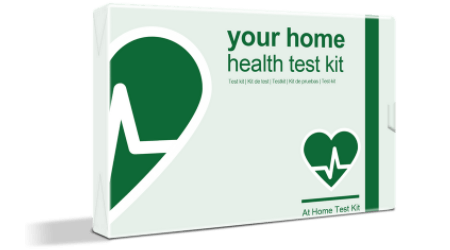There are a number of symptoms to look out for in people who are lactose intolerant. The symptoms are not dangerous but are very uncomfortable, and although lactose intolerance is not curable the symptoms are easy to manage.
What is lactose intolerance?
Lactose intolerant people are unable to digest fully the sugar referred to as lactose in dairy products. The condition is usually harmless but the symptoms are commonly uncomfortable and uneasy. This is, therefore, the inability to digest a sugar called lactose which is present in dairy products such as milk.
Symptoms of lactose intolerance
People who are lactose intolerant experience the symptoms thirty minutes to two hours after taking dairy foods or drinks with lactose which are mainly dairy products. Some of the most common symptoms include bloating, diarrhea, abdominal cramps, nausea, and gas. If you frequently have these symptoms after consuming dairy products it is advisable for you to make arrangements and see a doctor.
What are the Causes?
Lactose intolerance is caused by a low or lack of lactase that prevents or reduces the digestion of lactose. Lactase usually digests milk sugar which is lactose into two simple sugars which are absorbed into the bloodstream. The two sugars are glucose and galactose.
There are four types of lactose intolerance, primary lactose intolerance which is the most common form. Our bodies stop producing lactase when we are around the age of four years, as the lactase production decreases it gets harder to digest dairy foods and products. People with primary lactose intolerance produce very little lactase which makes it a lot harder to digest dairy products by the time they are adults.
Secondary lactose intolerance happens due to an illness or injury. If any of these affect your small intestine then the production of lactase will be reduced. Illnesses like Coeliac disease and Crohn’s disease are the intestinal diseases accredited in low levels of lactase. Developmental lactose intolerance which is the third form occurs normally in prematurely born babies, as the child grows lactase production increases to normal without any treatment.
It usually lasts for a short time after birth. The last form is congenital lactose intolerance which is very rare and happens when very little or no lactase is produced by the small intestine from the day the child is born. It is a genetic disorder and both the parents have to pass the gene to their unborn child.
If you would like to know more about food intolerances or sensitivities which vary from regular food intolerances then please log on to www.allergytestaustralia.com and we will be able to help you with any queries which you may have.

